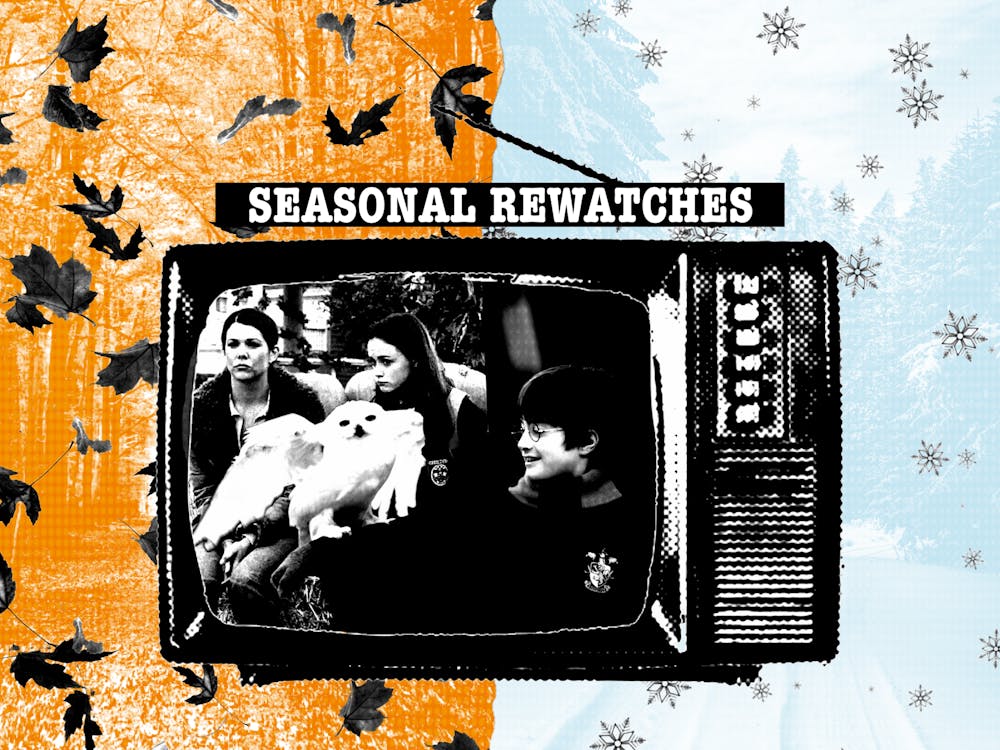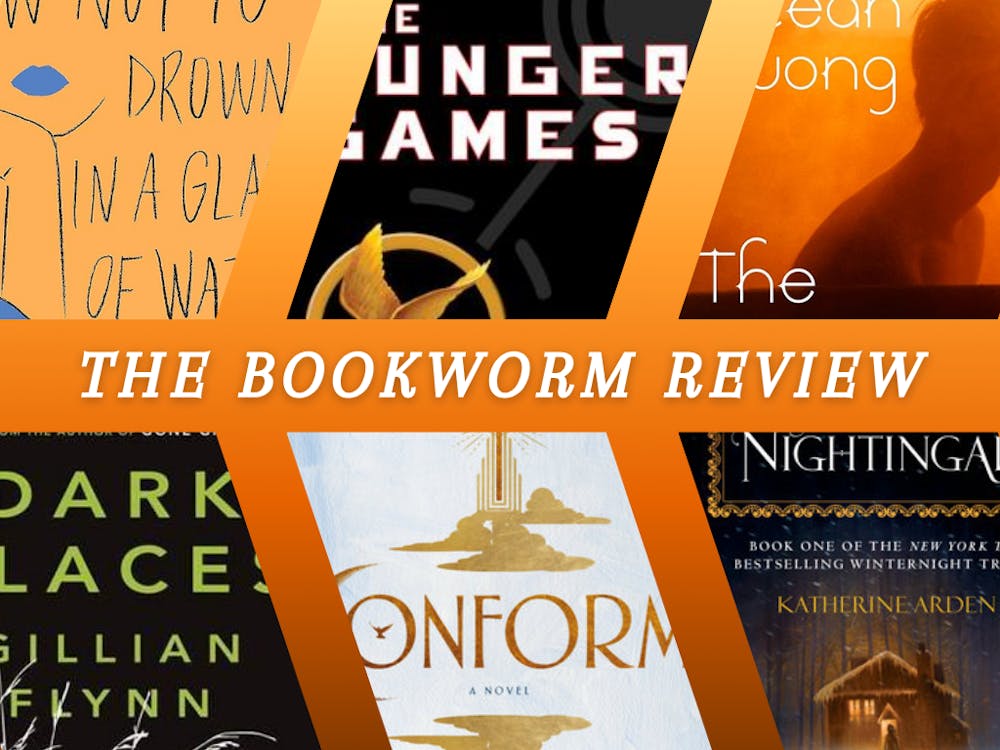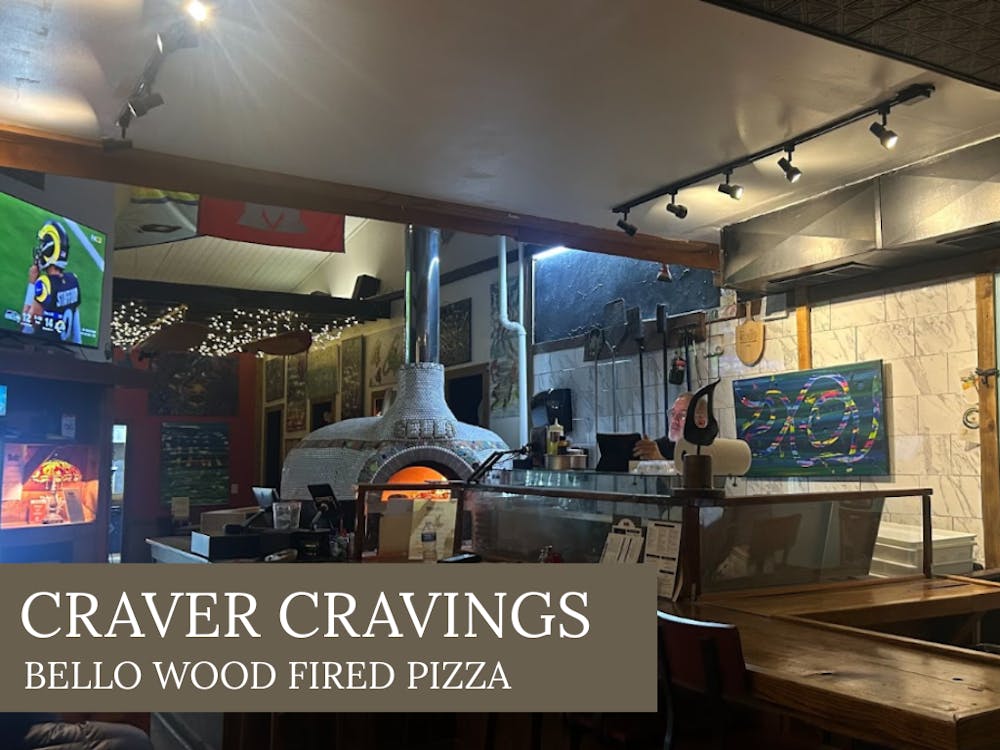This year, due to COVID-19, Oxford residents will be forced to forego some of their Halloween traditions.
These traditions mainly include costume parties for adults and trick-or-treating for kids — which will still happen, just in a socially-distanced fashion. But Oxford has celebrated Halloween in a variety of different ways over the years — some spookier than others.
In the early 1900s, most Halloween celebrations were sponsored by Miami or individual organizations on campus.
The November 1902 issue of The Miami Student tells the tale of a “Hallo’een Masquerade” hosted by a group of female students. At this masquerade, students wore masks to conceal their identities for most of the night, then eventually unmasked to reveal themselves to their peers.
“On the eve of the 31st of October witches and wizards of all shapes, sizes and forms silently rode their broomsticks to the third floor of the east wing,” the article in The Student reads, “and enjoyed a splendid evening of dancing with good music till the wee hours of the still night.”
As one might imagine, popular costumes during this era looked very different from the ones you might see at today’s parties. An image in the Oct. 25, 1918 issue of the Oxford Herald shows a young woman sporting a “fashionable” jack-o-lantern hat made of crepe paper, with a fan to match.
These large, public celebrations continued into the 1920s and 1930s. During these decades, the McGuffey High School in Oxford held both a Halloween party and a dance for students.
Students attended the party in costumes “ranging in type from the beautiful to the ridiculous,” danced to organ music and played games. The dance featured a fortune teller, and the high school gym was decorated with “Hallowe’en colors, pumpkins and fodder,” according to a 1932 feature in The Oxford Press.
People also started buying their costumes rather than making them in the 1930s, as evidenced by an advertisement for Snyder’s Art and Gift Shop in another 1932 Oxford Press issue. According to the ad, the shop sold “Halloween costumes, faces, party decorations, tallies, place cards, favors and novelties.”
Beginning in the 1940s, private house parties replaced public gatherings as the most common form of Halloween celebration. The Press regularly published notices about upcoming parties, as well as listing who attended past ones.
As the years progressed, these parties became increasingly popular among younger people, and by the 1950s, costume parties dominated the Halloween scene for college students. Unlike today’s college parties, though, these were chaperoned by the hosts’ parents.
Another longstanding tradition that began in the late 1940s was the annual Halloween parade, which continues today. The parade was the Oxford Lions Club’s first service project following its foundation in 1947.
Enjoy what you're reading?
Signup for our newsletter
These parades have always featured costume contests, though the categories have varied over the years. In the 1951 parade, cash prizes were awarded to the best cowboy, best “Indian,” most unusual costume, best comic strip character costume, best farm costume, best animal character and best dressed participant. Nowadays, prizes are simply given to the best costumes in each age group.
The parade remained the predominant Halloween tradition in Oxford until the late 1970s and early 1980s, when the city began introducing a wider variety of activities like haunted houses and festivals.
A 1980 advertisement in the Press invites residents to tour the “inhabitants” of a haunted house at the TRI Community Center, sponsored by the Oxford Recreation Department (ORD). The ORD also held a “happy house” for younger children, featuring a carnival and pumpkin painting contest rather than the usual frights of a haunted house.
Mac’s, a former drive-in restaurant in Oxford, also hosted an annual fall festival in the 1970s. This “festival” was essentially a small market for popular fall treats, such as pumpkins, caramel apples and cider.
But by far the most influential Halloween tradition that gained popularity in the 1970s and 80s was trick-or-treating. It became the predominant Halloween activity for kids in Oxford during the latter half of the 20th century, and it remains so today.
Halloween festivities have evolved quite a bit over the past hundred-plus years, but one thing has remained constant: Oxford loves to celebrate this spooktacular holiday.




